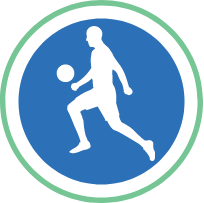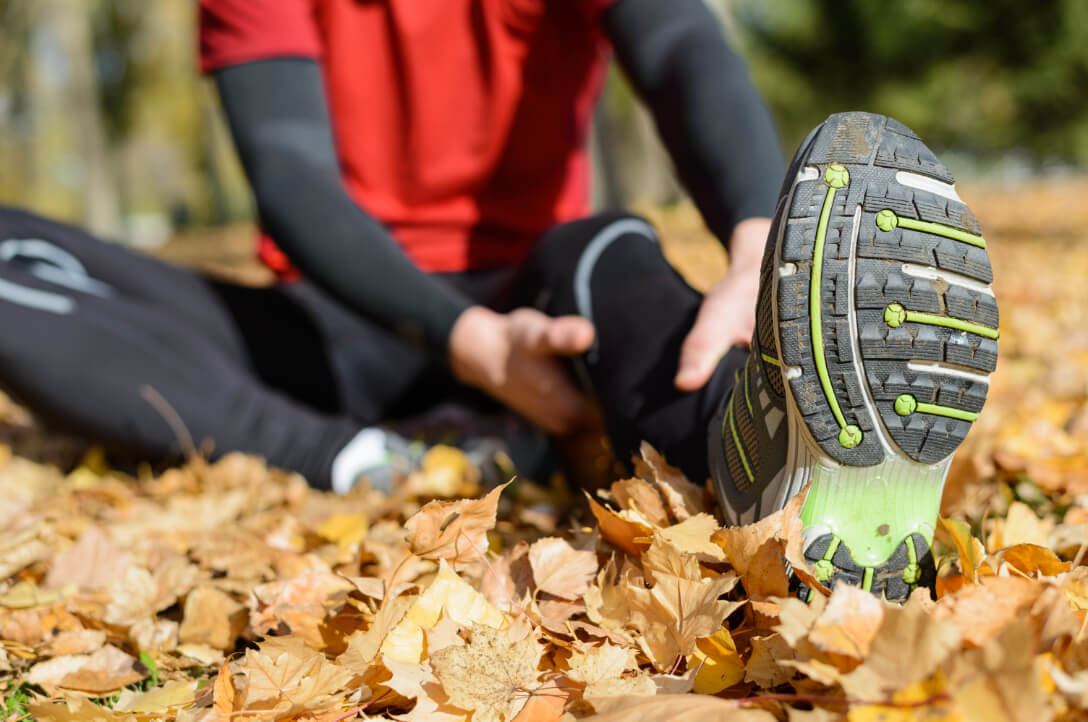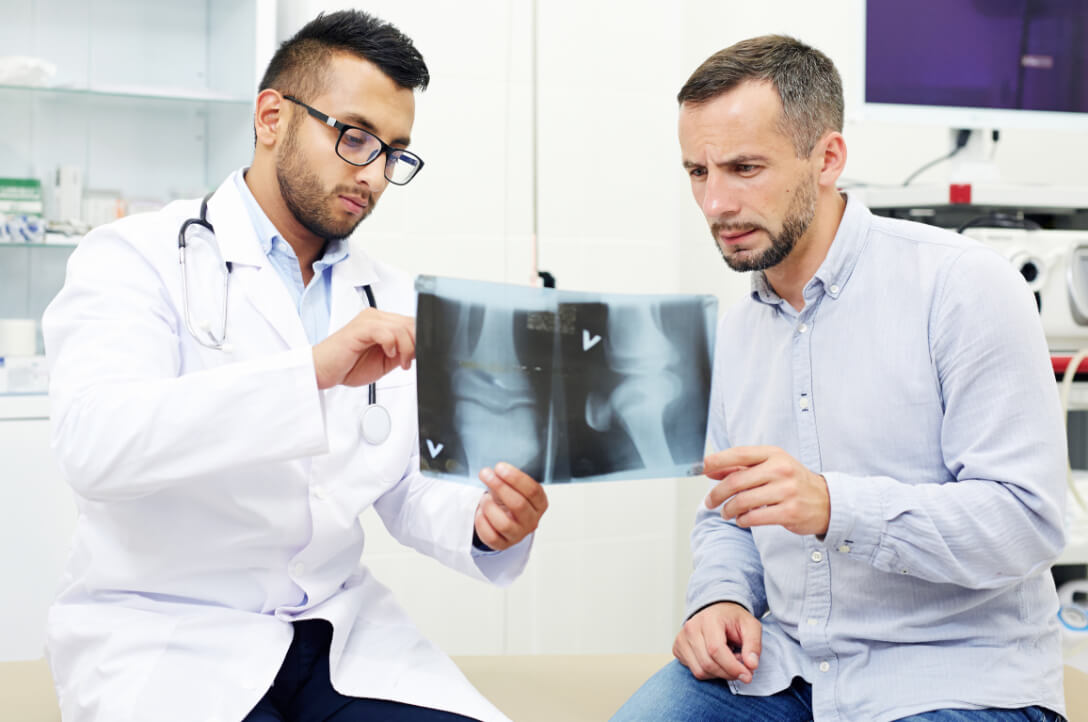

Sports Medicine
Providing premier orthopedic care so that you can return to your Alaskan lifestyle is the core of what we do at Alaska Orthopedic Specialists. Our clientele lives hard and plays even harder. Living an active, rugged lifestyle can come at a cost, which is why our staff specializes in treating common sports injuries.
From emergent traumas to degenerative conditions that develop after years of throwing, jumping, kicking, or skiing, our staff works tirelessly to make sure you can continue doing the activities you love. We care for our patients like family, and we’re always willing to go the extra mile to find the right solution for every person we treat.

Common Sports Medicine Issues We Treat
Knee Ligament Tears
There are four ligaments in the knee, including the ACL, PCL, LCL, and MCL, which are all susceptible to injury. ACL tears are the most common knee ligament injury and affects the tissue that connects the thighbone to the shinbone. Quickly pivoting or changing direction, such as avoiding players in basketball or chasing a ball in tennis, is the most common cause.
Gamekeeper’s Thumb
A common injury to the ulnar collateral ligament, a ligament on the inside of the thumb often caused by falling with an outstretched hand. It can cause pain and weakness in the thumb, especially when grasping objects. This injury is very common in skiing accidents where the skier falls while holding on to the ski pole.
Hip Flexor Strain
Hip flexors are a group of flexible muscles located at the front of the hip that allow for agile leg movement. Being inactive or sitting for long time periods can make hip flexors weak and tight. Excessive strain or overuse of these muscles can cause injury, including upper leg cramping and spasms, reduced mobility, swelling or bruising, and stiffness.
Elbow Dislocation
The elbow become dislocate when any of the bones in the elbow become misaligned, which can make the joint look disjointed and cause extreme pain. Children may experience elbow dislocation from being swung or yanked on by the arm. Other common causes of dislocation include overuse, car accidents, or falling on an outstretched hand.
SLAP Injury
Superior labral tears occur on the shoulder’s labrum which the rope-like rim on the shoulder socket. They often occur in athletes who repetitively throw balls overhead or lift heavy objects. SLAP injuries are categorized into four different types based on the severity of the tear.
Meniscus Tears
The meniscus is a c-shaped piece of cartilage between the shinbone ad thighbone that helps absorb shock in your knee. Forceful twisting motions can cause the meniscus to tear, which can cause a popping sensation at the time of the injury. Following the tear, patients may experience tenderness, swelling, and difficulty extending the knee.
Plica Syndrome
A condition caused by overuse due to exercise or trauma to the knee, plica syndrome occurs when one of the four plicas, folds in the knee’s soft tissues, get irritated. This can cause pain, swelling, locking, and instability in the knee, especially when bending it.
Achilles Tendon Injury
The Achilles tendon is the largest tendon in the body and stretches from the heel up to the calf. Injuries to this tendon can include strains, tears, or ruptures. A popping sensation may happen at the time of the injury, and it can lead to pain along the back of the feel and foot.
Scapholunate Ligament Injury
An injury to the scapholunate ligament is often caused by the wrist twisting or hyperextending when falling on an outstretched hand. Symptoms can include pain, swelling, limited motion, clicking sensation, or arthritic pain depending on severity of the tear.
Cartilage Injury
All joints in the body are covered by cartilage, which is a rubbery type of connective tissue that helps absorb shock and minimize friction. Cartilage injury can happen with repetitive motions in sports or through a traumatic injury, such as a sudden twisting motion.

Sports Medicine Orthopedic Treatments
When treating sports-related injuries, we pride ourselves on using every non-operative solution as possible. We often turn to surgery as a last resort, such as when injuries are too severe for conservative treatment or when surgery is the most promising solution for bringing about healing and full function. No matter the case, our providers have the experience and expertise to walk you through every step of the way.

